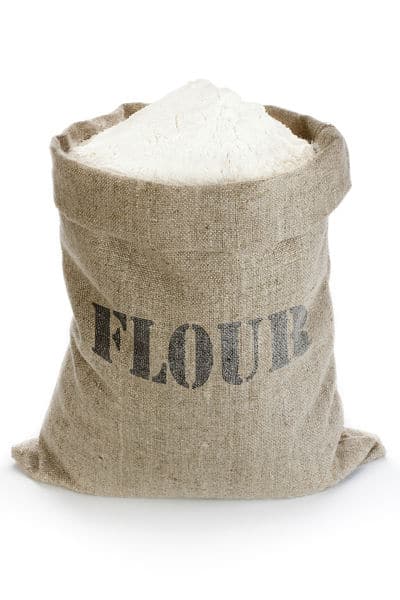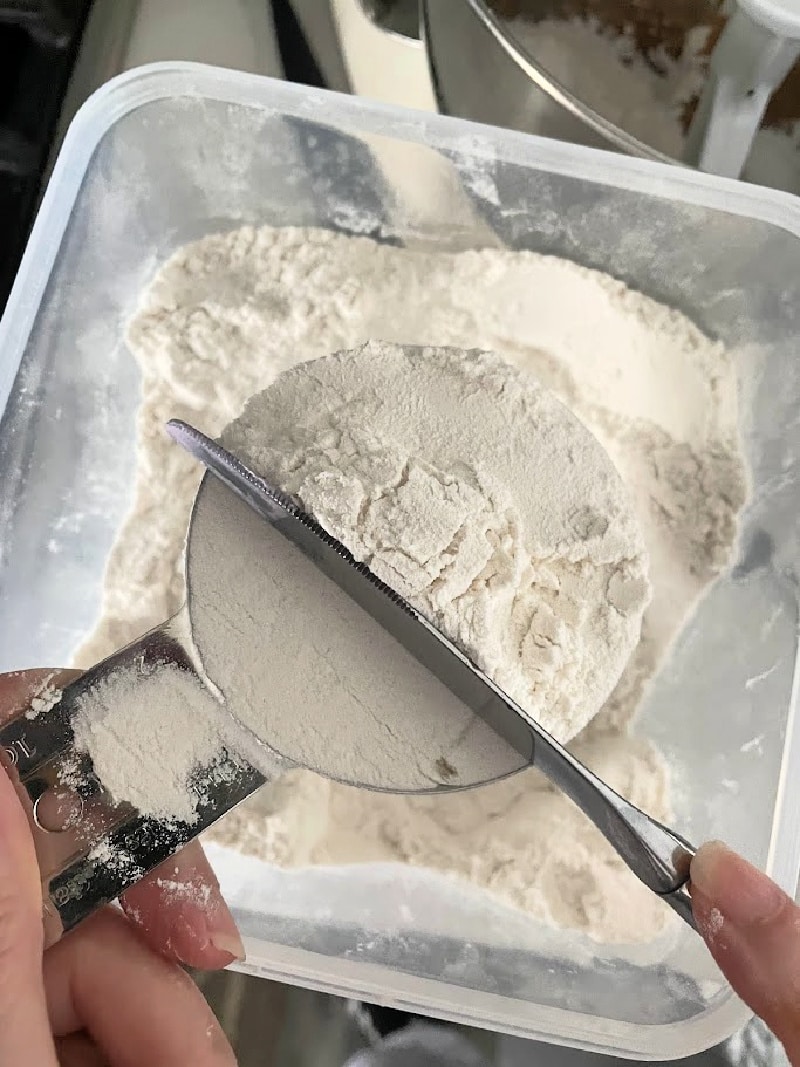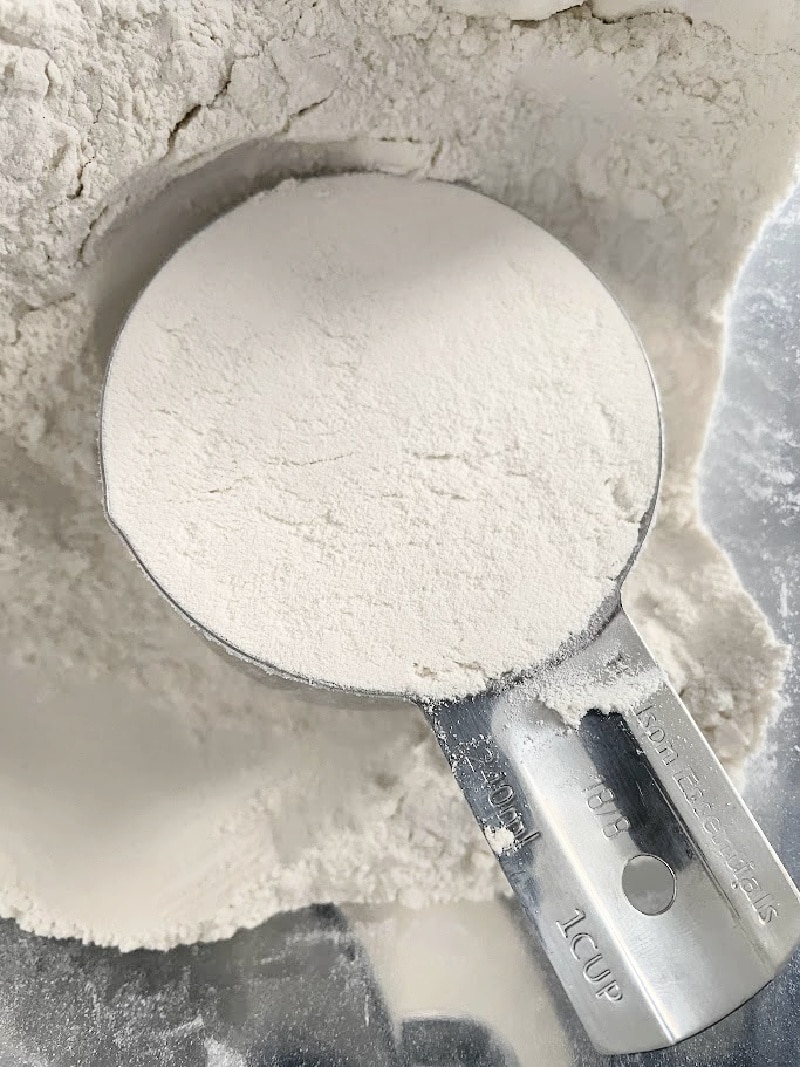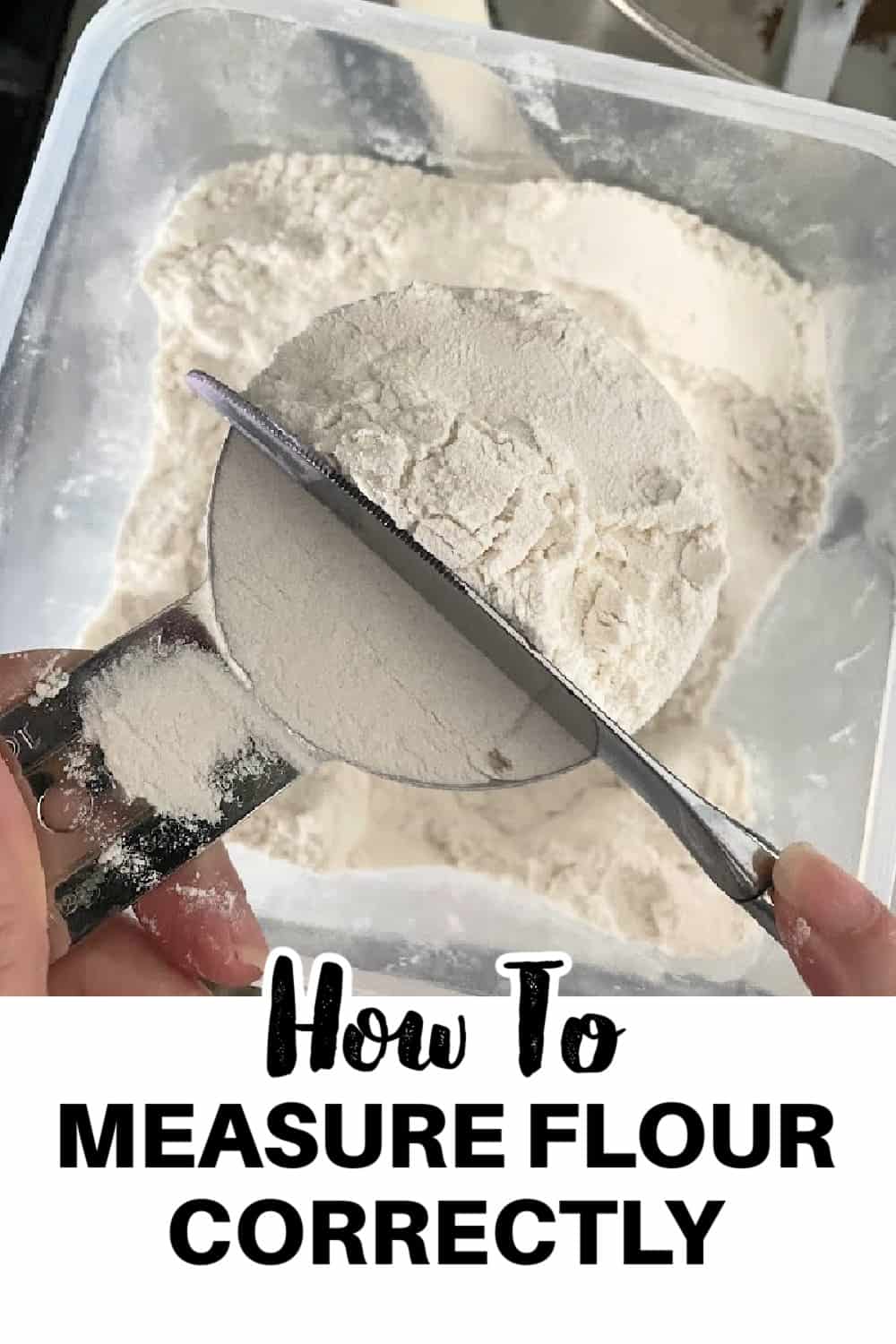Flour Basics – How to Properly Measure Flour Correctly
As an Amazon Associate, I earn from qualifying purchases. Read the full disclosure here.
Learn How to Properly Measure Flour Correctly! Do you ever find yourself struggling to get your baked goods just right? Despite following the recipe to a T, do your cookies come out flat or your cakes too dense?
The culprit could be your measuring technique – specifically, how you measure your flour. But fear not, with a few simple tips and tricks, you can learn how to properly measure flour and take your baking skills to the next level.
In this article, you’ll learn the techniques and tools necessary to correctly measure flour, to make your baking endeavors delightful. From understanding the different types of measurements to using the right tools, this article will help you get your measurements spot on every time, so you can achieve delicious results every time.
How to Measure Flour Correctly When Measuring Flour By Volume
When measuring flour by volume, use these simple steps to help you make your baked goods result in the best texture possible, whether it’s brownies, cookies, cakes or breads!
- Fluff up the flour.
- Lightly spoon the flour into your dry-cup measurement, without packing it down.
- Scrape off the excess with a straight edge by using the handle of a spoon or knife.
Pro Tip: Dipping the cup into the flour will cause the flour to be packed down and will result in too much flour in your recipe, so do not do this! Fluff it up, spoon and scrape off excess flour.
- Dry measuring cups are meant to be filled right up to the top and then leveled off with a straight edge, when you’re measuring your dry ingredients like flour and sugar.
- Liquid measuring cups generally have a pour spout and are made to be filled to the gradations on the side of the cup (1/4 cup, 1/2 cup, 6 oz, etc.) rather than being filled right up to the top. These are used for wet ingredients like milk and water.
The Most Accurate Way to Measure Flour is to Weigh it Out
The reason why it is important to use dry measuring cups for measuring a dry ingredient, such as flour, by volume is that you have a very precise top to the measurement to level off and keep things more accurate.
If you know how much flour should weigh, you can easily measure flour by weight even if the recipe is written by volume. 1 cup of all-purpose flour should weight 4.2 ounces or 120 grams if measured properly.
Most recipes call for flour to be measured before it has been sifted and then will call for it to be sifted later. This is important to notice because sifted flour weighs less by volume than un-sifted flour. It is important to notice how the recipe is written so you know if you should measure it before or after sifting. (1 cup of sifted all-purpose flour weighs 4 oz or 113 grams.)
How to Use a Food Scale to Measure Flour Correctly
If you want to skip the measuring cups altogether, you could ensure accuracy every time by simply investing in a good kitchen scale.
- Start by placing your measuring cup or bowl on a scale and push the “tare” or “zero” button to zero it out so the scale won’t take the weight of the bowl into account when measuring the weight of the flour.
- Spoon flour into the bowl on the kitchen scale until you reach the amount of flour needed.
Weight Conversions for Flour
- All-Purpose Flour: 1 cup = 4 1/4 oz, 120 grams
- Bread Flour: 1 cup = 4 1/4 oz, 120 grams
- Whole Wheat Flour: 1 cup = 4 1/4 oz, 120 grams
- Cake Flour: 1 cup = 4 oz, 113 grams
- Pastry Flour: 1 cup = 4 oz, 113 grams
Using Pastry Flour and Cake Flour 
- Pastry Flour and Cake Flour weigh less than all-purpose flour. The protein content of these flours is less and therefore the same volume weighs less as higher protein flours.
Flour Me Please with More Info
- How to Make Coconut Flour @ The Little Pine
- Guide to Gluten Free Flour @ Fork and Beans
- How to Make Homemade Cake Flour @ Cake Whiz
- Low Carb Baking Mix Recipe @ That’s Low Carb
- How to Replace White Flour when Baking @ Diary of an EX Sloth
- How to make Homemade Nut Flours @ The Healthy Maven




 In conclusion, properly measuring flour may seem like a small detail, but it can make a big difference in the outcome of your baked goods. By using these flour basic tips and techniques, you can ensure accurate and consistent results every time. Remember, precision in measurement leads to perfection in baking. So don’t just wing it – take the time to measure flour correctly and elevate your baking game. Happy baking!
In conclusion, properly measuring flour may seem like a small detail, but it can make a big difference in the outcome of your baked goods. By using these flour basic tips and techniques, you can ensure accurate and consistent results every time. Remember, precision in measurement leads to perfection in baking. So don’t just wing it – take the time to measure flour correctly and elevate your baking game. Happy baking!